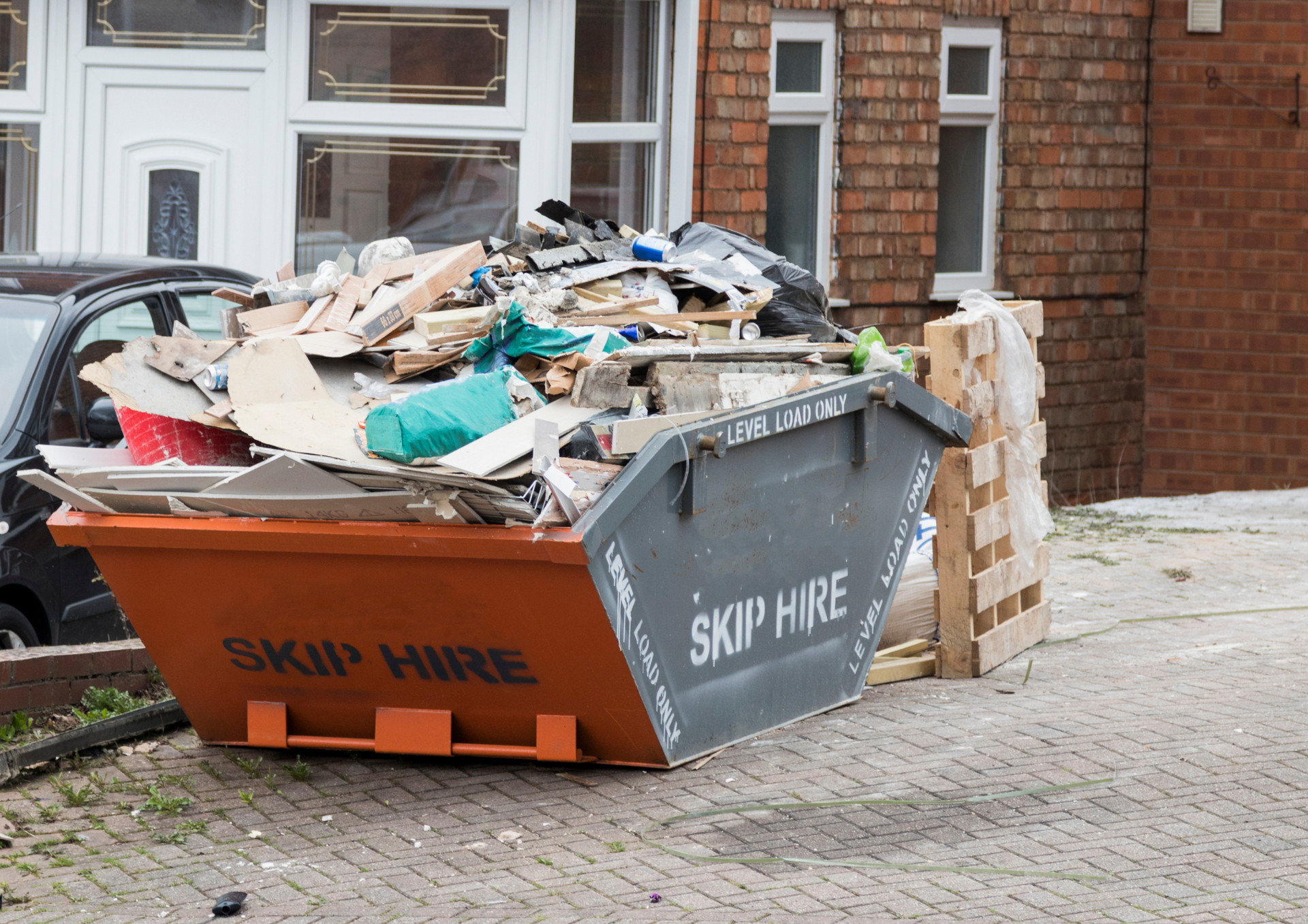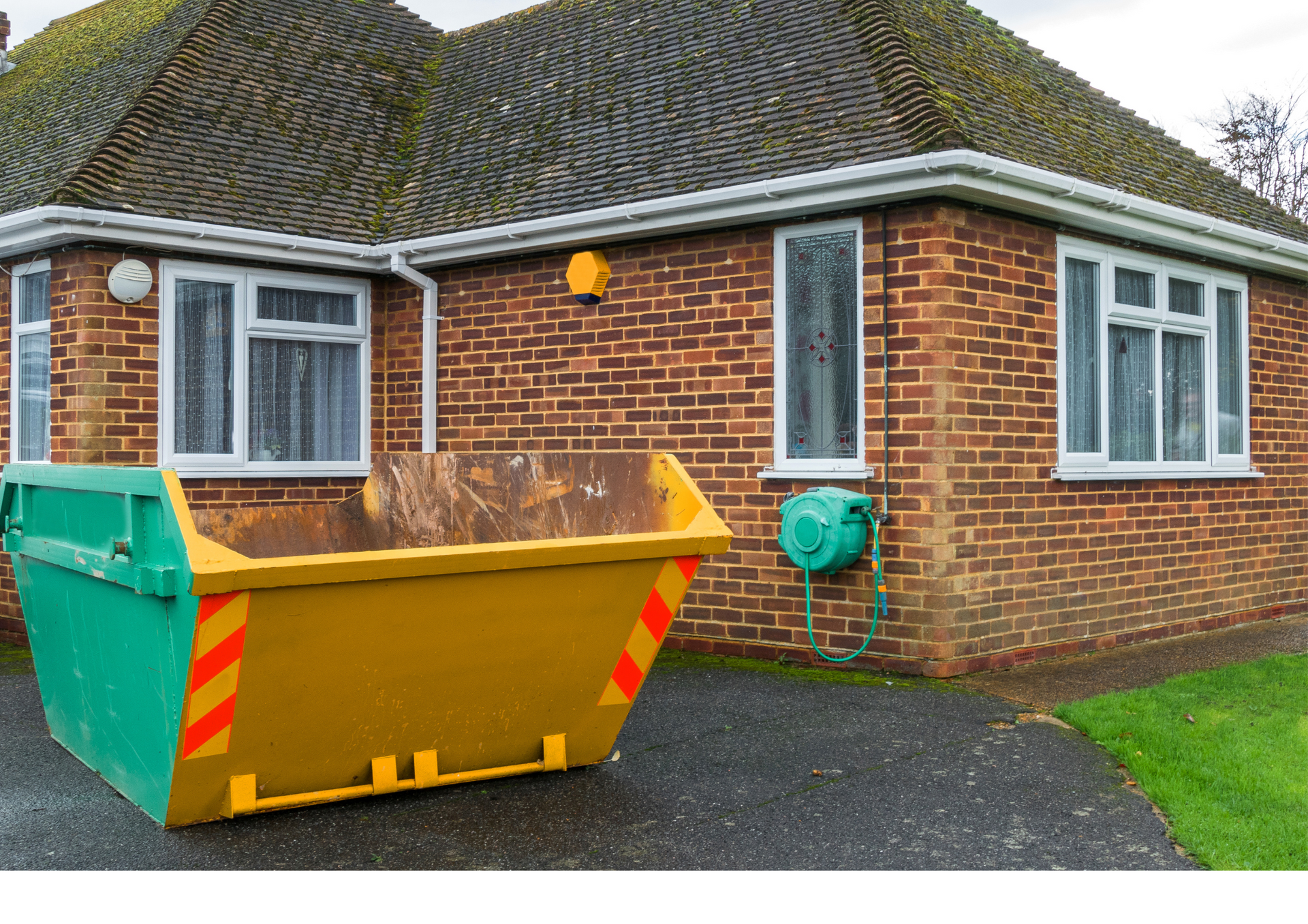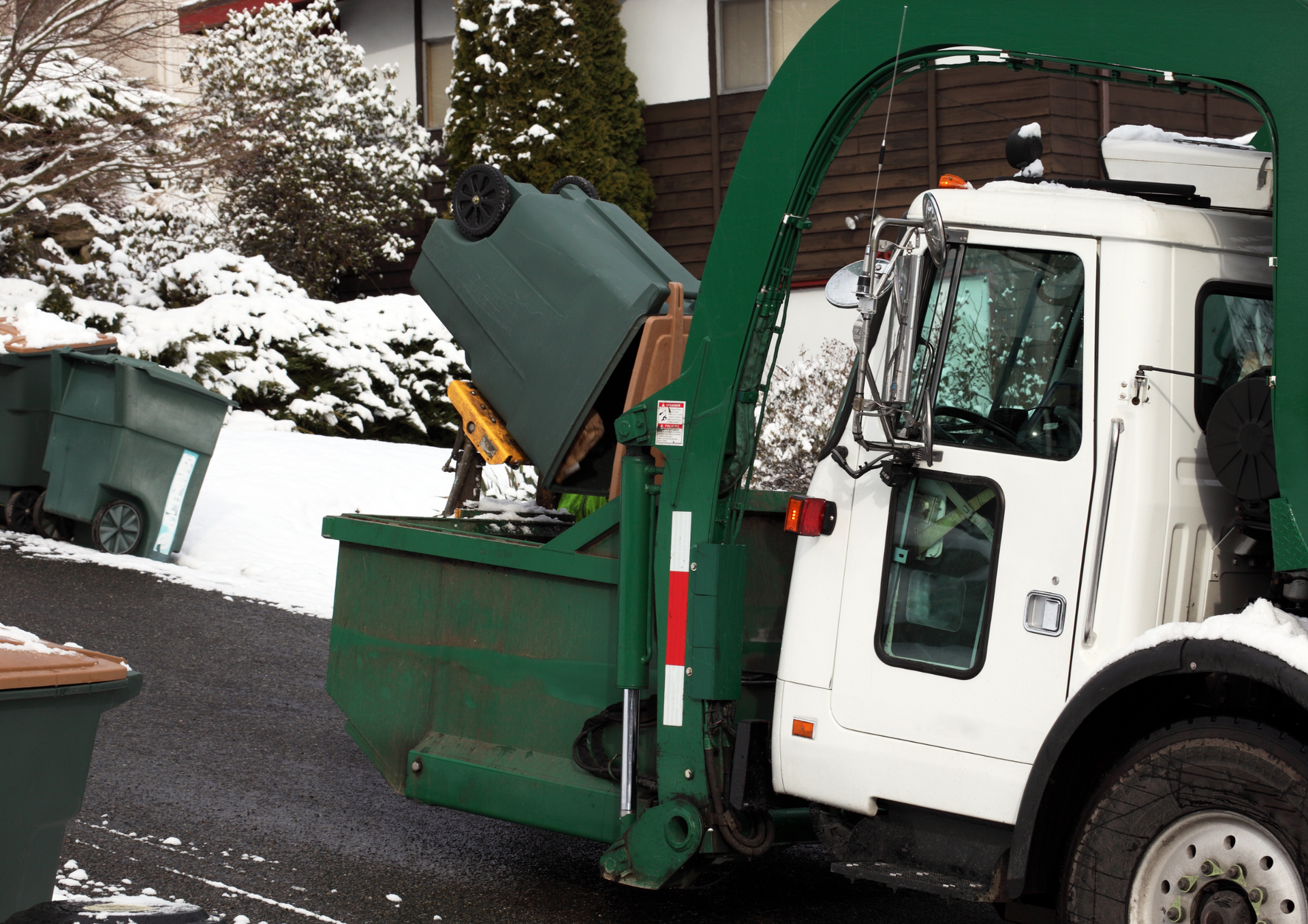Avoiding Common Mistakes When Choosing the Right Skip Hire Size
Choosing the right skip size is essential to keeping your waste disposal smooth, cost-effective, and compliant. Whether you’re a homeowner clearing out a loft, a contractor managing building waste, or a business relocating offices, selecting the right skip hire sizes can make or break your project’s efficiency. Yet, it’s a step that many still overlook — resulting in unnecessary delays, overspending, or even legal trouble.
This guide outlines four common skip sizing mistakes and how to avoid them, wherever you are in the UK.
Underestimating the Amount of Waste
One of the most common pitfalls is underestimating how much waste a project will produce. People often opt for a smaller skip thinking it will be sufficient, only to realise halfway through that they need a second one. Not only does this cost more, but it also disrupts your workflow and can extend the duration of your project unnecessarily.
Let’s say you're tackling a bathroom renovation — many assume a 4 yard skip will do the job, but the reality is that plumbing fixtures, tiles, and cabinetry add up quickly. Going a size up is often more economical than ordering a second skip later. When in doubt, it’s better to slightly overestimate than fall short.
Choosing the Wrong Skip Type for Construction Waste
Not all skips are created equal — especially when it comes to heavy, dense materials like soil, concrete, and brick. Hiring a general-purpose skip when you’re dealing with builder’s waste can be a serious mistake. It’s not just about capacity, but also about weight limits.
A builders skip is typically the go-to for construction debris as it can handle heavy loads efficiently. However, always consult your skip provider to confirm that your chosen skip size is compliant with weight restrictions for transport. Overloading a skip can lead to penalties or collection refusals — both costly setbacks you’d rather avoid.
Overlooking Accessibility and Placement Constraints
Another frequent oversight is failing to consider where the skip will be placed. Will it fit on your driveway or site? Do you need a permit for placing it on a public road? Will a large skip block pathways or other access points?
For example, an 8 yard skip is ideal for bulky household clear-outs, but it needs significant space. If access is tight — say, in a narrow street or an inner-city location — it may not be a practical choice. In such cases, two smaller skips or an alternative placement strategy might be wiser. Always survey your space before making a booking.
Focusing Solely on Volume, Not Material Type
Choosing a skip based only on volume is a common mistake — but the type of waste you’re disposing of matters just as much. Not all materials can go into the same skip, and overlooking this can lead to compliance issues or extra costs. Keep the following in mind:
- Volume isn’t everything: A
6 yard skip may seem ideal, but it might not suit all waste types — especially mixed or heavy materials.
- Certain materials are restricted: Items like plasterboard, electricals, and paint often require separate disposal due to environmental regulations.
- Avoid mixing waste types: Combining restricted items with general waste can result in fines or the refusal of collection.
- Always check with your provider: Discuss your waste materials upfront to ensure you're choosing the right skip and staying within legal limits.
Avoiding mistakes with skip hire sizes can save you time, money, and stress. By planning ahead, considering access restrictions, choosing the correct type for your waste, and speaking to an expert before booking, you’ll ensure your project runs as smoothly as possible. Don’t leave it to guesswork — make informed decisions from the start.
At
Skip Hire Milton Keynes, we make waste management simple and efficient for everyone — from homeowners to construction firms. With a wide range of options, expert advice, and prompt delivery, we ensure you get the right skip for your needs. Our knowledgeable team helps you choose the correct
skip hire size, avoid common pitfalls, and stay compliant — all at competitive rates with reliable service.
Let us help you take the guesswork out of waste removal.
Latest post on X: The key mistakes to avoid when choosing the right
skip hire size!





